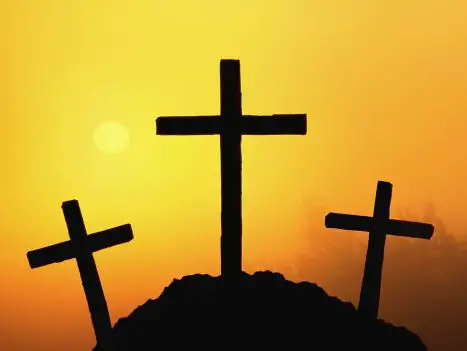
We have heard of Maundy Thursday and Good Friday, and we know why these two days were named that way. But why is it called an Easter Sunday or Easter Monday? Where did the word “Easter” come from? And what does it have to do with the Resurrection of Jesus Christ three days after he was crucified on what is now called Good Friday? Let’s find out!
Before going into the explanation, let’s have a recap on what Easter represents? Easter Monday is the term used to denote the day after Easter Sunday and is used to celebrate the beginning of what the Roman Catholic traditions call the Easter Week. The day is also called as Renewal Monday or Bright Monday in certain places. Some others call it the “Lord’s Day” as well.
The term Easter is actually derived from the word “Eostre”, a term used in Old English to denote the Anglo-Saxon Dawn Goddess. And even though the term does not signify the importance of the goddess in the resurrection of Jesus Christ in any way, it denotes the time of the year called Pascha in Latin (translates to “Passover” in Hebrew Pesach).
Pascha was coined as the official term for the “moveable feast,” which usually occurs during the first Sunday after a full moon during or after the March equinox. The day usually falls between March 22 and April 25 every year.
Biblical data denotes that the resurrection of Jesus Christ happened around the same time as Pascha. Accordingly, Jesus Christ was resurrected on a Monday (the first day of the week) three days after being crucified on Good Friday. And since the date and time of the event went along with the moveable feast, church authorities decided to go along with an English equivalent for it. And that is where Eostre came into existence. With time, the term changed to become what is popularly called as “Easter” nowadays.
Easter is celebrated as a huge festival every year with believers meeting at churches for prayers and holding great feasts to commemorate the death and resurrection of Jesus Christ.